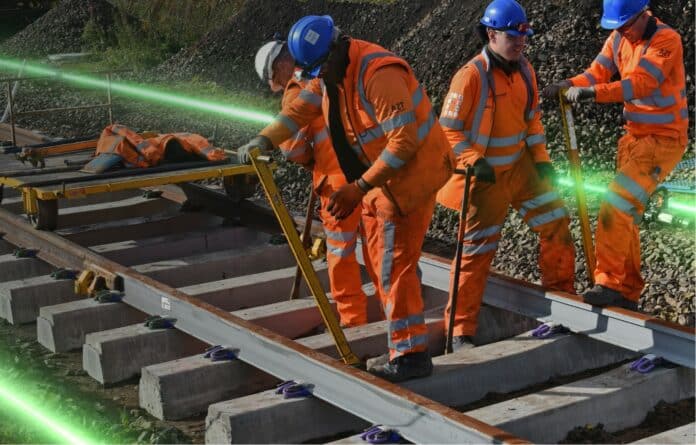By Onwave
Geofencing technology has become more accurate in recent years, making it a natural fit for safety applications. This article outlines the risks of working on rail infrastructure and shows how geofencing enhances current safety practices.
Geofencing creates virtual boundaries around areas where rail workers are performing tasks. These boundaries can trigger alerts or notifications if a worker enters, exits, or remains in the area for an extended period of time.
This can help ensure that workers are in the correct location and are not in danger of being struck by a train or that they are exposed to some of the hazards listed below:
- Electrocution: Contact with overhead power lines.
- Train collisions: Risk of being hit by passing trains, when working on or near the tracks.
- Derailments: If a train derails while they are working on the tracks this can cause injury or even lead to death.
- Heavy equipment accidents: – Can be caused during the use of cranes and excavators.
- Chemical and substance exposure: Harmful chemicals and substances such as diesel fumes, can lead to health problems.
- Noise and vibration exposure: High levels of noise and vibration that can cause hearing loss and other health problems.
- Repetitive motion injuries: Due to the repetitive nature of track work repetitive motion injuries can develop.
- Slips, trips and falls: Rough terrain increase the potential for slip, trip, and falls.







































 0113 2082620
0113 2082620 info@railbusinessdaily.com
info@railbusinessdaily.com 15 Mariner Court, Wakefield WF4 3FL
15 Mariner Court, Wakefield WF4 3FL

